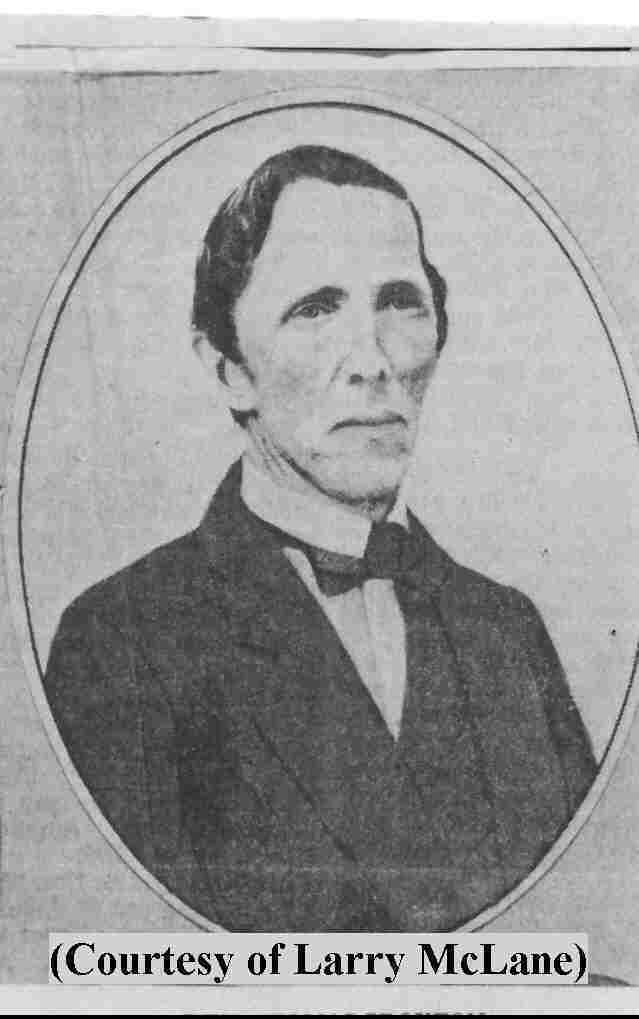- Home
Up
Briggs, George E.
Browning, Edmond
Croxton, Thomas
Ganiard, Oscar
Harkness, Samuel
Hendershott, James
Hogue, Ebenezer
Hogue, Samuel
Holton, Daniel S.
Howell, Jefferson
Mason, Joseph
Nagle, William
Newman, William
Sexton, David
Smith, John S W
Tolin, Edward N
Tuffs, James P.
Twogood, James H.
Walker, Wesley R. and Augustus L.
| |
CROXTON,
THOMAS

Anyone interested in the stage days in Oregon should
read the Knights of the Whip. There were a string of stage stop stations for the
purpose of exchanging live stock and some were even food stops for drivers and
passengers. Citizens would contract with the stage company (California and Oregon
Stage Company) and be reimbursed yearly based on the services they provided.
In 1864, Thomas Croxton got into this business and his station would be the next stage
stop 14 miles north of the Rock Point Station. The Croxton Stage Station was
located on his 400 acre property near 7th Street and Savage in current Grants Pass,
Oregon. His son-in-law, Ebenezer Dimmick, helped with this venture.
Thomas, born in England, arrived here in 1843 with his wife Hannah Box and seven
children. He tried his hand in gold mining and traveling Methodist preacher before
opening his stage station.
He was also the first postmaster of Grants Pass. As the story goes, he first
applied for the post office permit under the name of "Grant" but when that name
was already being used in Oregon, he reapplied under the name of "Grants
Pass". Some say Grants Pass was named after Ulysses S. Grant or Hiram Ulysses
Grant, (Union Civil War General), others say it was named for the newly constructed road
over the pass on Merlin Hill.
After his wife died in 1866, Thomas Croxton became a pastor in Coos Bay then known as
Marshfield. Mr. Dimmick continued operating the stage station until the end of the
stage days.
(source - Knights of the Whip, Stagecoach Days In Oregon by Gary & Gloria
Meier, pages 56-58)
|
